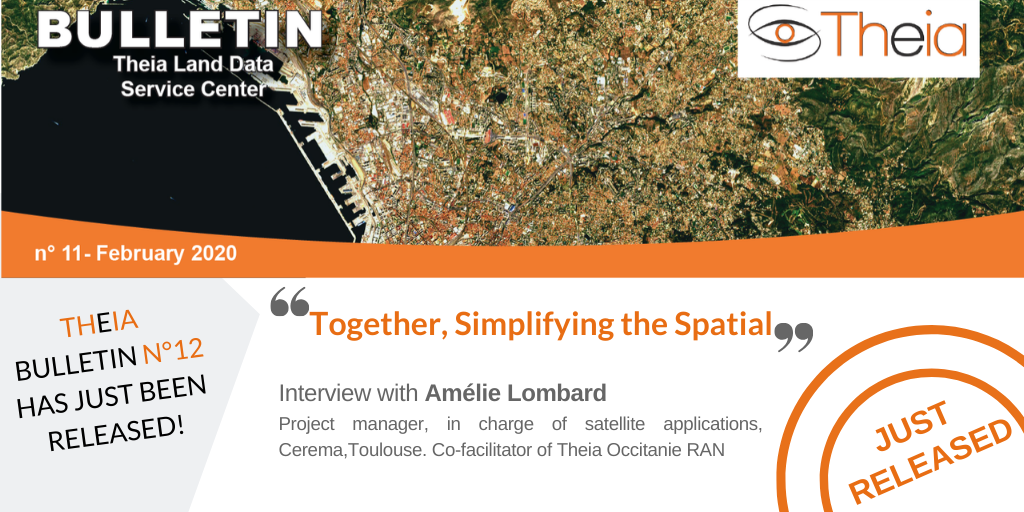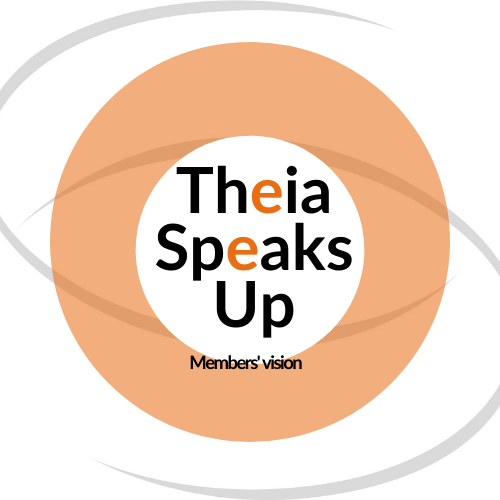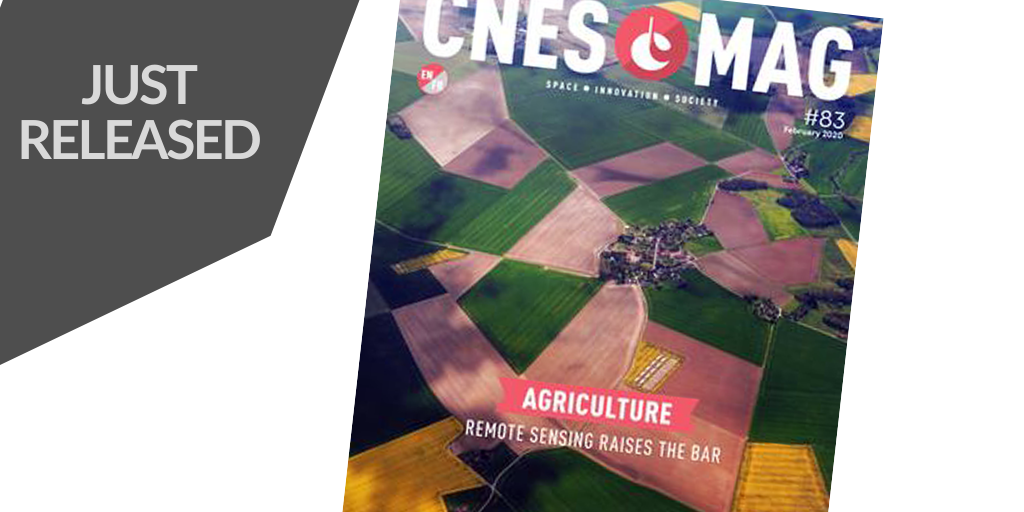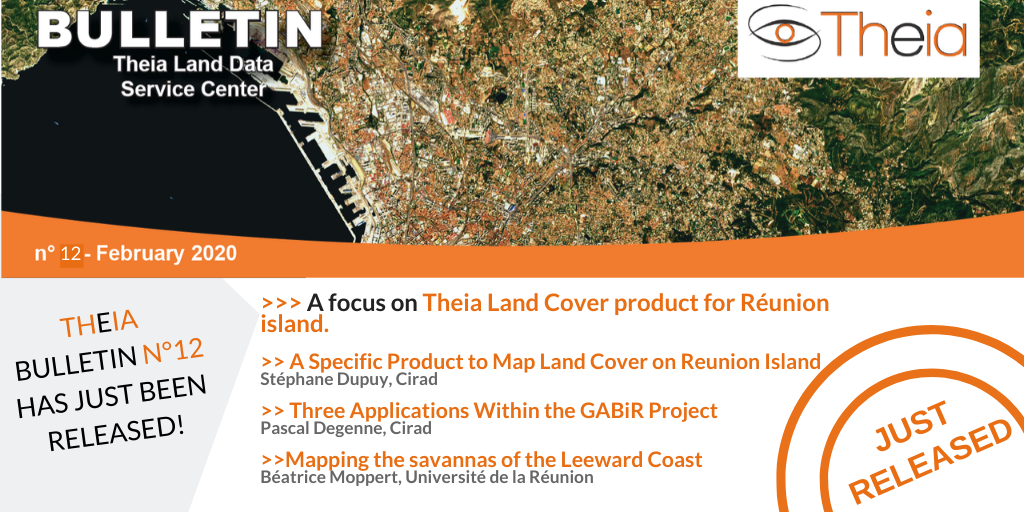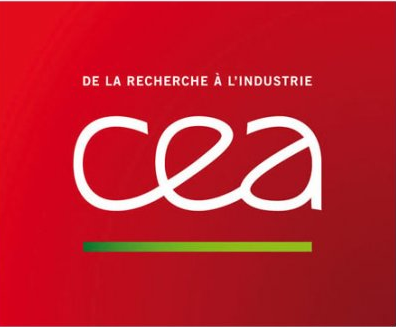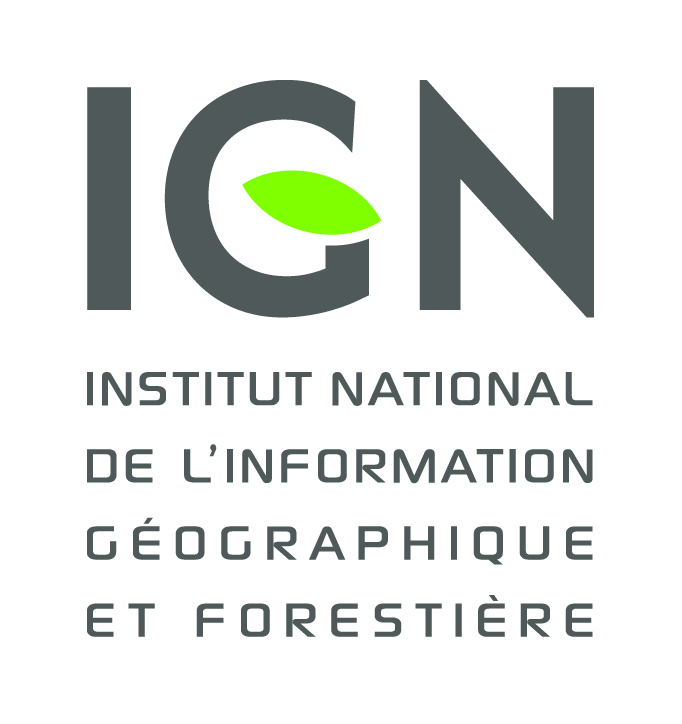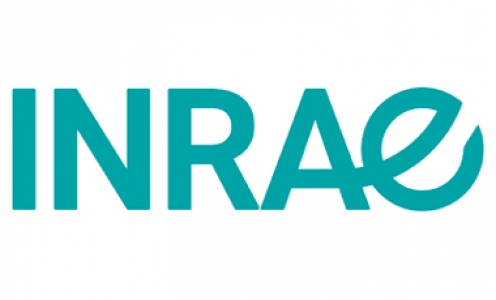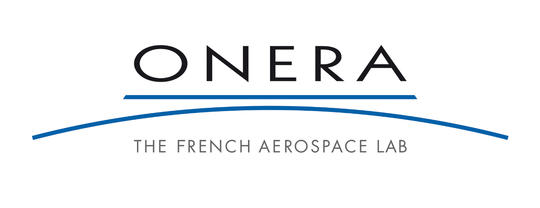“Together, Simplifying the Spatial”
How are you involved in the co-facilitation of Theia Occitanie RAN?
Amélie Lombard: Cerema’s satellite pole is involved in various missions to promote the use of spatial data by government services, local authorities and their operators: network animation and training, development of image processing methodologies, data expertise, comparison of uses and evaluation in the form of thematic indicators. Always with a view to proposing reproducible, stable and sustainable solutions in the field of public policies supported by the French Ministry for Ecology: land use planning, environment, risk management, adaptation to climate change, etc.
As such, the role of the Regional Animation Networks (RANs), which aim to link research work with regional business users of remote-sensing data, is completely in line with our missions. So I took over this role of co-facilitator of ART Occitania when I joined Cerema in 2016.
How do you see your role as a mediator between research and users?
Amélie Lombard: Theia allows us to follow the progress of research work on themes of interest to public policy, both on innovative treatment methods and on the products that come out of them. This technology watch helps us to meet the needs of operational planning departments and to propose integrated approaches.
Several of our actions aim to transmit information to potential users of satellite imagery in Occitanie or on a national scale: thematic days on the “Contribution of satellite imagery for land use planning” in Toulouse; “Awareness of spatial data” training courses given throughout France to government departments, and contributions to Theia Newsletters and Bulletins.
The term “user” is sometimes employed for different profiles; our target audience are public policy-makers. Beyond the question of the economic model of the data, a user will find it easier to get involved in space and remote-sensing in general, if the efficiency of the tool has already been demonstrated on its business issues. Sharing operational feedback is essential: the national Applisat portal, which we are implementing for the Ministry, is heading in this direction.
What challenges does Theia face today?
Amélie Lombard: For “professional” users, Theia’s essential contribution is to provide thematic data such as Soil Occupation (OSO) or Snow products. These high value-added layers are easily usable by GIS technicians, who are the natural conduits for the applicative uses of data in departments.
However, these data are sometimes subject to misinterpretation: OSO is, for example, wrongly used to monitor artificialization, whereas its vocation is to meet the monitoring needs of natural, agricultural and forest areas in rural areas. The external qualification of products in relation to an application on a concrete business issue and support for use in general should not be neglected.
In a context of making OpenData images and data accessible and of the deployment of automatic processing methods for large volumes of data (Artificial Intelligence), users need all the more support. A neophyte must be guided in accessing image data and may resort to photo-interpretation, which is satisfactory for certain themes. Thematic products can complete this information if they are well chosen or even approved in terms of use. On-demand services correspond more to an advanced profile wishing to generate predefined thematic products, especially for a temporal follow-up more in line with its needs.
The simplification of the spatial landscape, of the devices and tools and even of the associated vocabulary is a challenge that we, spatial actors, must take up together.

Amélie Lombard
Cerema
@A.Lombard
Applisat: federating players and promoting experience sharing
In urban or rural areas, over vast territories or on a fine scale, space applications are able to provide decision tools for policy delivery : land use planning, environmental observation, climate change monitoring, etc. However, this potential is insufficiently exploited by public users.
The Satellite Applications Plan 2018-2022 supported by the MTES* and the MCTRCT** aims to enhance use of satellite application in these different topics. The website Applisat is a part of this scheme : it offers dedicated sharing space for thematic use of spatial information.
Designed and managed by Cerema, with the support of CNES and IGN, the applisat.fr website is intended to meet this challenge by bringing together the players and encouraging the sharing of experiences. State services and local authorities will now be able to pool their operational experiences to mobilize spatial data for monitoring public policies. Space professionals (research, design offices, industry) will be able to enhance the value of their projects and find the needs of the services listed in the Satellite Applications Plan. All will benefit from dedicated spaces to exchange and thus promote the emergence of operational space solutions.
Online resources and communities
Applisat.fr is structured around two central sections:
- A “Resources” space to pool knowledge, access all available material (uses, services, products) as well as to provide useful training and to submit feedback;
- A “Community” space dedicated to exchange and sharing for thematic groups of users and space actors. The leadership roles of this community are entrusted to thematic pilots from local authorities or state services.
Two transversal discussion areas are proposed: a “Multi-thematic thread” designed to bring out new thematic groups and an “Image acquisition” group offering user assistance. Three thematic areas are currently in place: “Agricultural wastelands”, “Covering the snowpack”, “Flooding”. Access to all these discussion areas can be freely accessed via online registration. See you soon on Applisat.fr!
*MTES: Ministère de la Transition Écologique et Solidaire
**MCRTRC: Ministère de la Cohésion des Territoires et des Relations avec les Collectivités Territoriales.
Read the New Theia Bulletin
>>> Read on-line on Calaméo
